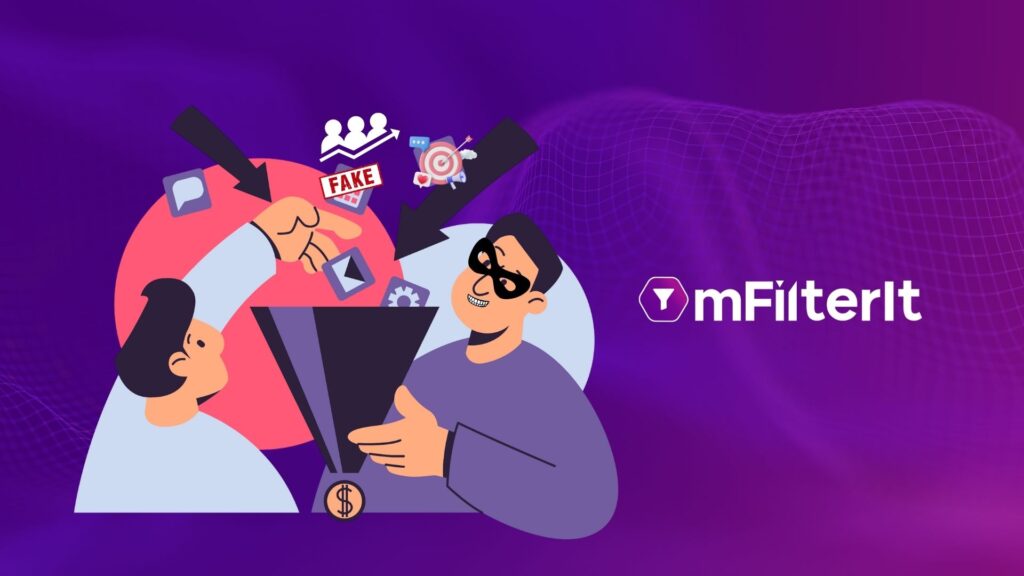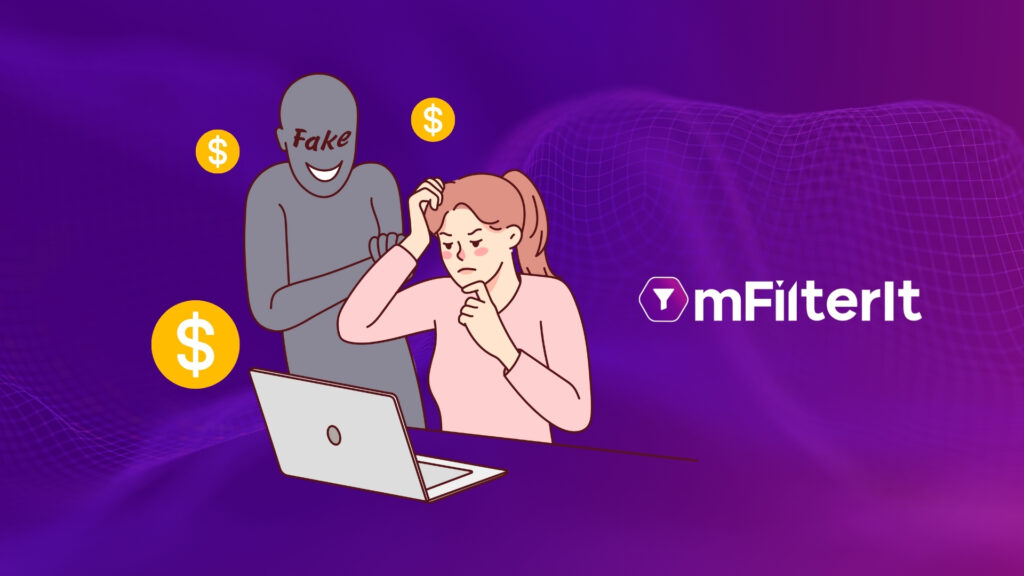Originality or uniqueness is one of the contributing factors in forming brand identity. Consumers resonate with brands and foster relationships based on this. Any person stealing a brand, such as an app, puts the reputation at stake and diminishes credibility.
A tarnished reputation drives users away from a brand and causes a loss of revenue. Unfortunately, the implications of brand infringement through copycat apps don’t nearly stop at this point. Fraudsters use this as an opportunity for financial and identity theft by selling the user details on the dark web to acquire money and maliciously attacking devices.
Brands and users often become victims of cloned apps on third-party stores. Therefore, putting an end to brand infringement through duplicated apps has become highly essential. Brands should keep a constant lookout for any form of infringement to save their consumer community.
Table of Contents
Toggle5 Negative Impacts of Copycat Apps for Brands
● Cultivates a Culture of Distrust
Most copycat apps are hard to tell apart from the original app to a user. Moreover, users become vulnerable to cloned apps as fraudsters package these apps with unbelievable offers and deep discounts on the original app. However, fraudsters end up tarnishing the brand and goodwill. For example, a cloned app could sell free access to OTT platforms post-registration but never provide access.
Furthermore, the original app owner is spending millions or billions of dollars annually to deliver a good User Experience (UX); however, fraudsters are not worried about this. Instead, cybercriminals use this opportunity to commit identity/financial theft and implicate the brand in the process.
After experiencing false promises/bad UX, the user gets agitated and shares a bad review against the brand. Brands unaware of cloned apps become too late to address consumer issues and, once again, lose customer loyalty. They even experience a high percentage of user drop-offs on their original app. In addition, the troll of bad reviews creates bad publicity and spoils the reputation.
● Brands Lose Edge Over Their Competition
Brands work relentlessly to become leaders in their field. Unfortunately, cloned apps destroy their leadership goals by diminishing their value in the eyes of the users. As a result, users quickly switch to the second-best alternative which is a more trustworthy brand.
The consumer is spoilt with choices across product/ service categories. One bad experience can snowball into multiple others in a matter of time. One brand mistake is another brand opportunity window in this ruthless world.
Damages due to impersonation take longer to recover than anticipated. It is in the interest of the brand to keep its ears and eyes open to keep its digital assets secured at all times in the digital ecosystem.
● Leads to Account Takeover (ATO)
Users unwaveringly register on a duplicate app, log in to their accounts using their credentials, and make their accounts susceptible to fraud. The cybercriminal uses the credentials of the new users to log into the original app, change email/phone numbers, and overtake the user account.
Moreover, fraudsters obtain access to financial details like saved debit/credit cards linked to payment partners and digital wallets and engage in financial fraud. Cybercriminals end up selling such creds on the deep/dark web for monetary gain.
Fake apps are also laced with malware to acquire OTPs and passwords by accessing the device messages. Fraudsters access other apps replace the email id/phone number, and block the original user from their accounts.
Fraudsters, once again, steal user identities and credentials loaded on such apps. Therefore, multiple brands face the consequences of such ATOs as consumers raise complaints/claims on forums and boards.
● Inflates Marketing Budget for Revamping Reputation
Customer acquisition is one of the most uphill tasks for any brand. Once the copycat apps hamper the brand reputation, restoring it becomes challenging, and twice as much effort is to win back customers if they are lucky.
Reacquiring lost customers and building inroads for new consumers can increase ad budgets phenomenally. It is a double-edged sword that the brand needs to combat. Restoring faith/trust is both time and money-consuming. Hence a preventive approach works better.
● Strong-arms App Stores
The responsibility of not removing the replicated apps falls on the app stores. For example, in 2020, Google Play Store removed 600 copycat apps that deliberately covered user devices with full-screen ad pop-ups.
Unfortunately, third-party app stores don’t monitor cloned apps constantly like Google Play and Apple stores. Therefore, brands blame such stores for not removing the apps that cause brand infringement.
Unfortunately, users’ trust in the brand is not restored until the complaints are resolved, or the app store removes the cloned apps. However, recovering from irreparable trust damage becomes challenging for brands even after taking measures to resolve the problem.
Solution of Brand Infringement from Copycat Apps
mFilterIt & Brand Safety & Infringement solution, a state-of-the-art Open Source Intelligence system that leverages AI & ML driven technology and is backed by a repository created by mFilterIt&3B+ device coverage & blacklist databases to identify brand infringements like cloned apps across the digital landscape.
It checks for any instances of replicated apps across the Google Play, Apple, and OTT stores. Moreover, the solution checks for duped apps advertised on fake websites, social media sites, and apps with incent walls. Therefore, brands can maintain their online reputation and credibility and avoid the blowbacks of duplicated apps.
Conclusion
Safeguarding a brand reputation increases consumer trust and boosts engagement. But unfortunately, fraudsters have found a loophole to attack brands’ apps by copying them and relishing monetary benefits.
The brands face direct consequences by not removing the duplicated apps from stores and revamping the brand reputation becomes challenging. Therefore, the need to use a brand safety solution that incorporates measures to fight back against brand infringement from copycat apps has strongly risen.
mFilterIt & Brand Hygiene Protection undertakes measures to provide overall safety to the brand by identifying the culprits and taking down infringed assets.
Get in touch to learn more about the Brand Infringement.







